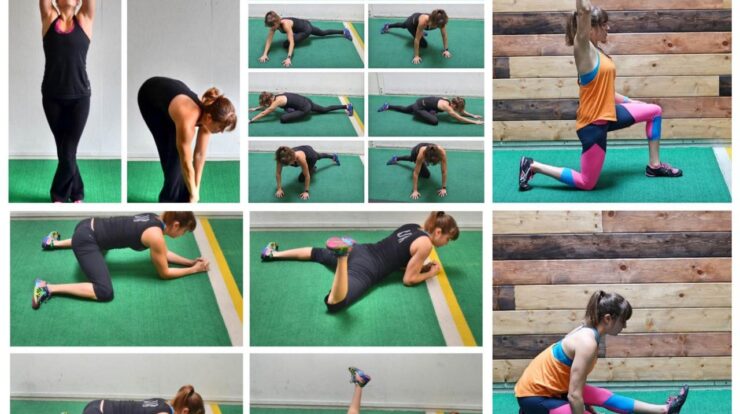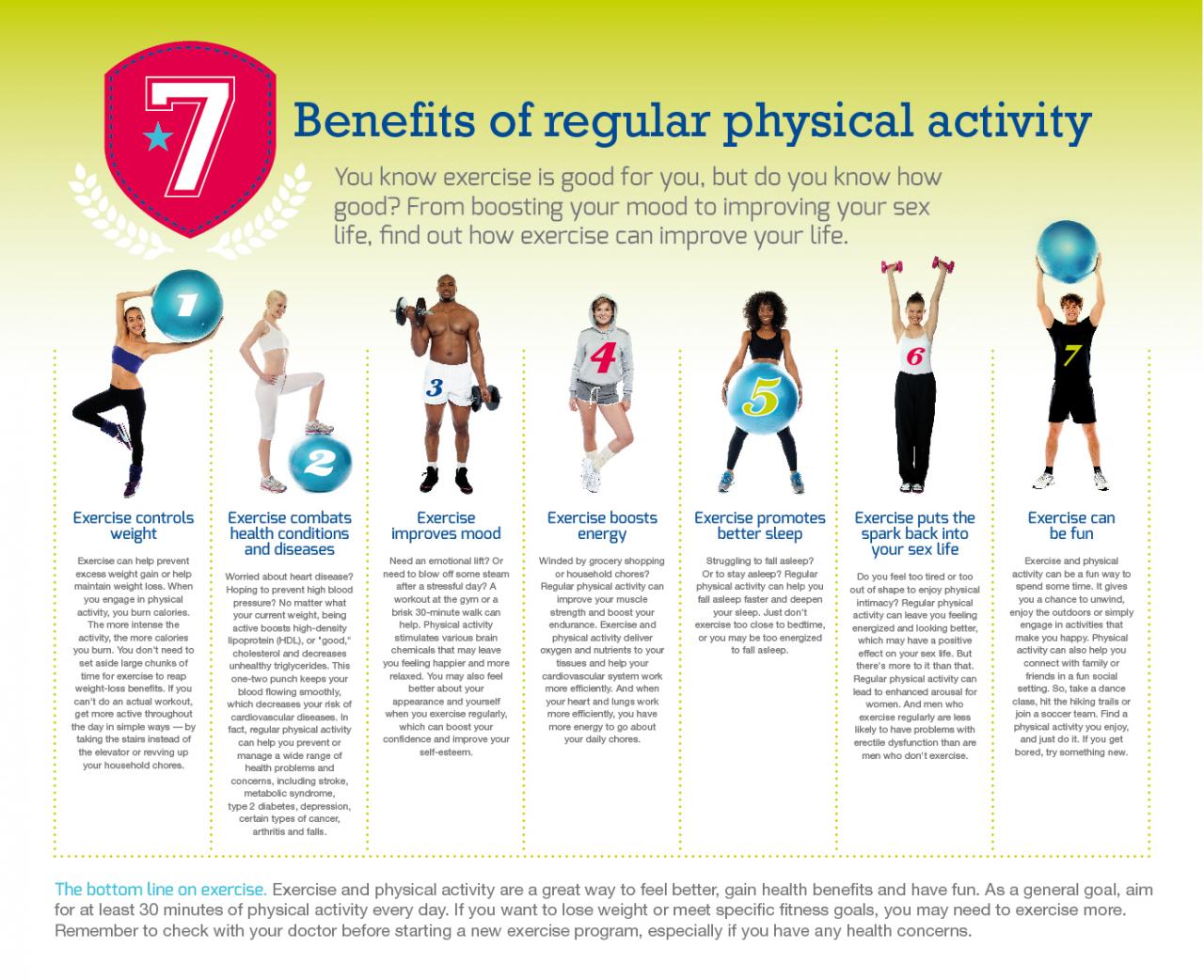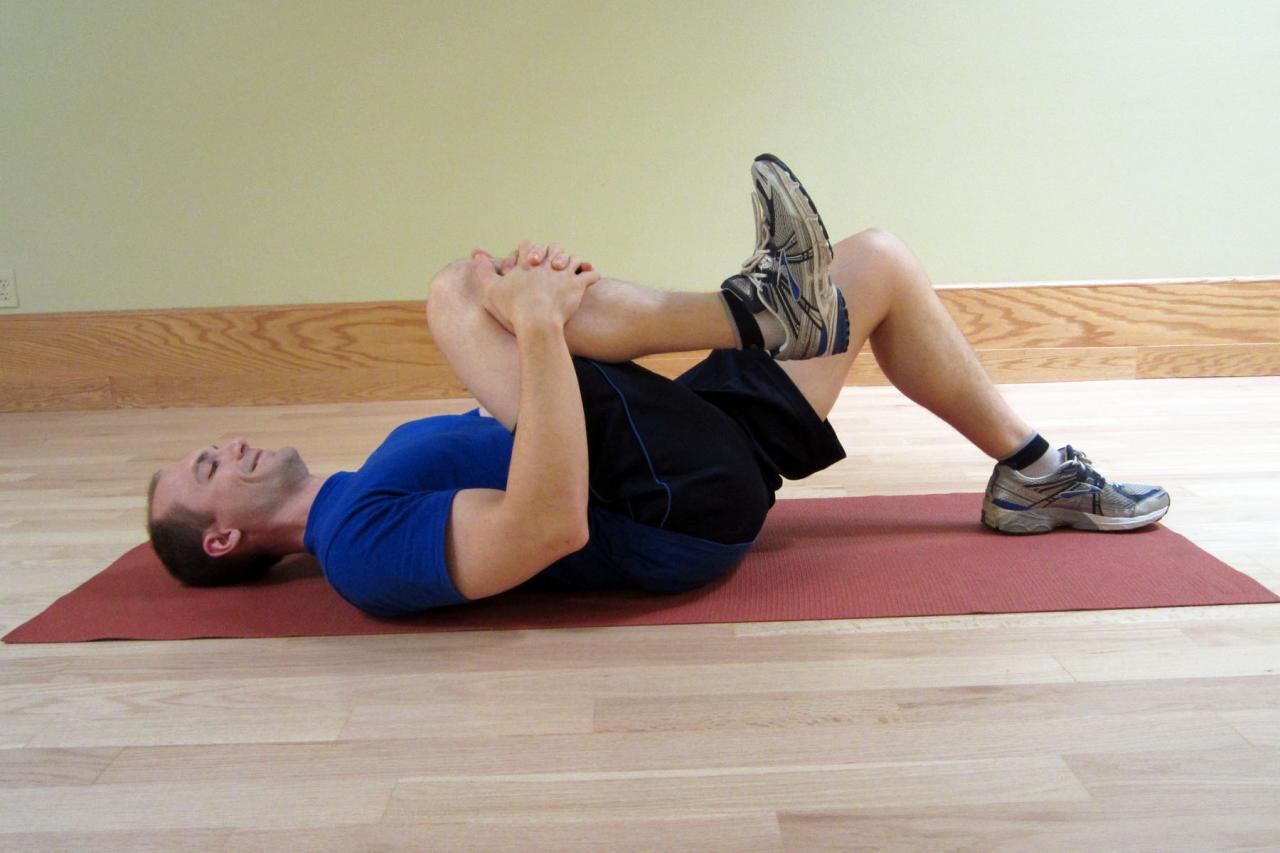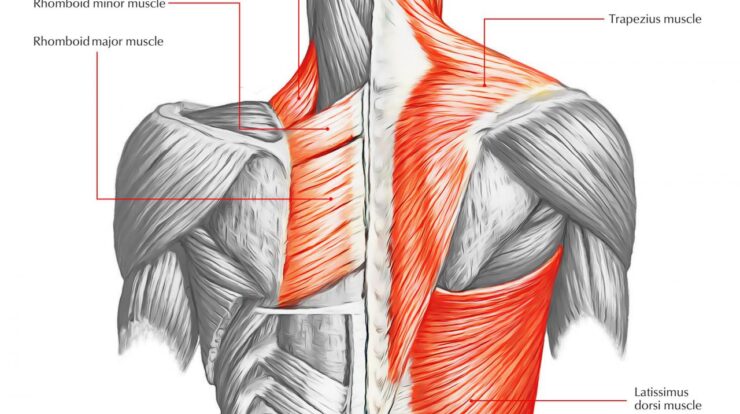
Explain why regular exercise is the best way to prevent flexibility issues. – Regular exercise is widely acknowledged as the cornerstone of maintaining flexibility and preventing injuries. This article delves into the myriad benefits of incorporating exercise into your routine, exploring how it enhances flexibility, promotes overall health, and safeguards against physical limitations.
Flexibility plays a pivotal role in our physical well-being, enabling us to move with ease, maintain balance, and reduce the risk of injuries. Regular exercise, particularly activities that involve stretching and range of motion exercises, can significantly improve flexibility levels.
Why Regular Exercise is the Best Way to Prevent Flexibility Issues: Explain Why Regular Exercise Is The Best Way To Prevent Flexibility Issues.

Flexibility is an important part of overall health and fitness. It helps to prevent injuries, improve balance and coordination, and reduce pain. Regular exercise is the best way to maintain flexibility. It helps to keep your muscles and joints limber, and it can also help to improve your range of motion.
How Regular Exercise Can Help Prevent Flexibility Issues
There are a number of ways that regular exercise can help to prevent flexibility issues. First, exercise helps to keep your muscles and joints limber. When you exercise, you move your muscles and joints through their full range of motion.
This helps to keep them flexible and prevents them from becoming stiff and tight.
Second, exercise helps to improve your circulation. When you exercise, your heart rate increases and your blood flows more quickly. This helps to deliver oxygen and nutrients to your muscles and joints, which helps to keep them healthy and flexible.
Finally, exercise helps to reduce stress. When you exercise, your body releases endorphins, which have mood-boosting and pain-relieving effects. This can help to reduce stress and tension, which can both contribute to flexibility issues.
Examples of Specific Exercises that Can Improve Flexibility
There are a number of different exercises that can help to improve flexibility. Some of the best exercises for flexibility include:
- Stretching
- Yoga
- Pilates
- Tai chi
- Swimming
- Cycling
The Importance of Stretching and Warming Up Before Exercising
It is important to stretch and warm up before exercising. Stretching helps to prepare your muscles for exercise and can help to prevent injuries. Warming up helps to increase your body temperature and get your blood flowing, which can also help to prevent injuries.
Describe the Role of Flexibility in Overall Health and Fitness
Flexibility is an important part of overall health and fitness. It helps to prevent injuries, improve balance and coordination, and reduce pain.
How Flexibility Can Help Prevent Injuries, Explain why regular exercise is the best way to prevent flexibility issues.
Flexibility can help to prevent injuries by keeping your muscles and joints limber. When your muscles and joints are limber, they are less likely to be injured. This is especially important for athletes, who are more likely to experience injuries due to the high-impact nature of their sports.
Mother’s Day is a time to celebrate the incredible bond between mothers and their children. From the moment a mother brings her newborn into the world ( do you say happy mother’s day to a pregnant woman ), she embarks on a lifelong journey filled with love, sacrifice, and unwavering support.
Whether it’s a heartwarming message ( happy mothers day wishes mom ) or a thoughtful gift, expressing our gratitude to mothers on this special day is a small gesture that holds immense significance.
How Flexibility Can Improve Balance and Coordination
Flexibility can help to improve balance and coordination by improving your proprioception. Proprioception is your body’s ability to sense its position in space. When your proprioception is good, you are more likely to be able to maintain your balance and coordinate your movements.
Create a Table that Compares the Benefits of Regular Exercise to the Risks of Flexibility Issues
| Type of Exercise | Benefits | Risks |
|---|---|---|
| Stretching |
|
|
| Yoga |
|
|
| Pilates |
|
|
| Tai chi |
|
|
| Swimming |
|
|
| Cycling |
|
|
Provide a List of Tips for Maintaining Flexibility
Here are a few tips for maintaining flexibility:
- Stretch regularly. Aim to stretch for at least 10 minutes each day.
- Warm up before exercising. This will help to prepare your muscles for exercise and prevent injuries.
- Incorporate flexibility exercises into your regular workout routine. There are a number of different exercises that can help to improve flexibility, so find ones that you enjoy and that fit into your schedule.
- Stay hydrated. Drinking plenty of water helps to keep your muscles and joints healthy and flexible.
- Get regular massages. Massages can help to loosen up tight muscles and improve flexibility.
Final Review

Incorporating regular exercise into your lifestyle is not merely a means to enhance flexibility but also a comprehensive approach to promoting overall health and well-being. By embracing exercise, you not only improve your range of motion but also strengthen your muscles, enhance cardiovascular health, and boost your mood.
Make exercise an integral part of your routine and reap the countless benefits it offers for your physical and mental well-being.
FAQ Corner
Why is flexibility important?
Flexibility allows for greater range of motion, reduces the risk of injuries, improves balance and coordination, and contributes to overall physical well-being.
What types of exercises improve flexibility?
Stretching exercises, yoga, tai chi, and activities that involve a wide range of motion, such as swimming and dancing, are effective in enhancing flexibility.
How often should I exercise to maintain flexibility?
Aim for at least 30 minutes of moderate-intensity exercise most days of the week, incorporating stretching and range of motion exercises into your routine.
For those seeking inspiration to convey their love, happy mother’s day sis offers a treasure trove of heartfelt messages and images ( happy mothers day wishes for all moms images ). Whether you’re looking for a whimsical touch ( snoopy happy mother’s day ) or a classic expression of love, you’re sure to find something that resonates with your mother’s unique spirit.






